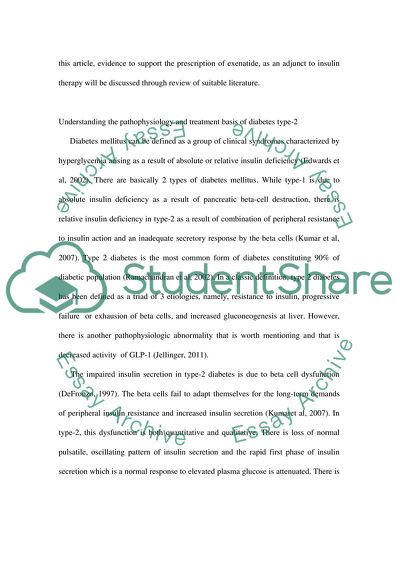Cite this document
(“Diabetes Patients on Insulin Therapy Literature review - 1”, n.d.)
Diabetes Patients on Insulin Therapy Literature review - 1. Retrieved from https://studentshare.org/health-sciences-medicine/1748735-what-evidence-is-there-to-support-the-prescribing-of-exenatide-for-adults-patients-who-are-already-prescribed-insulin-with-type-2-diabetes-mellitus
Diabetes Patients on Insulin Therapy Literature review - 1. Retrieved from https://studentshare.org/health-sciences-medicine/1748735-what-evidence-is-there-to-support-the-prescribing-of-exenatide-for-adults-patients-who-are-already-prescribed-insulin-with-type-2-diabetes-mellitus
(Diabetes Patients on Insulin Therapy Literature Review - 1)
Diabetes Patients on Insulin Therapy Literature Review - 1. https://studentshare.org/health-sciences-medicine/1748735-what-evidence-is-there-to-support-the-prescribing-of-exenatide-for-adults-patients-who-are-already-prescribed-insulin-with-type-2-diabetes-mellitus.
Diabetes Patients on Insulin Therapy Literature Review - 1. https://studentshare.org/health-sciences-medicine/1748735-what-evidence-is-there-to-support-the-prescribing-of-exenatide-for-adults-patients-who-are-already-prescribed-insulin-with-type-2-diabetes-mellitus.
“Diabetes Patients on Insulin Therapy Literature Review - 1”, n.d. https://studentshare.org/health-sciences-medicine/1748735-what-evidence-is-there-to-support-the-prescribing-of-exenatide-for-adults-patients-who-are-already-prescribed-insulin-with-type-2-diabetes-mellitus.


